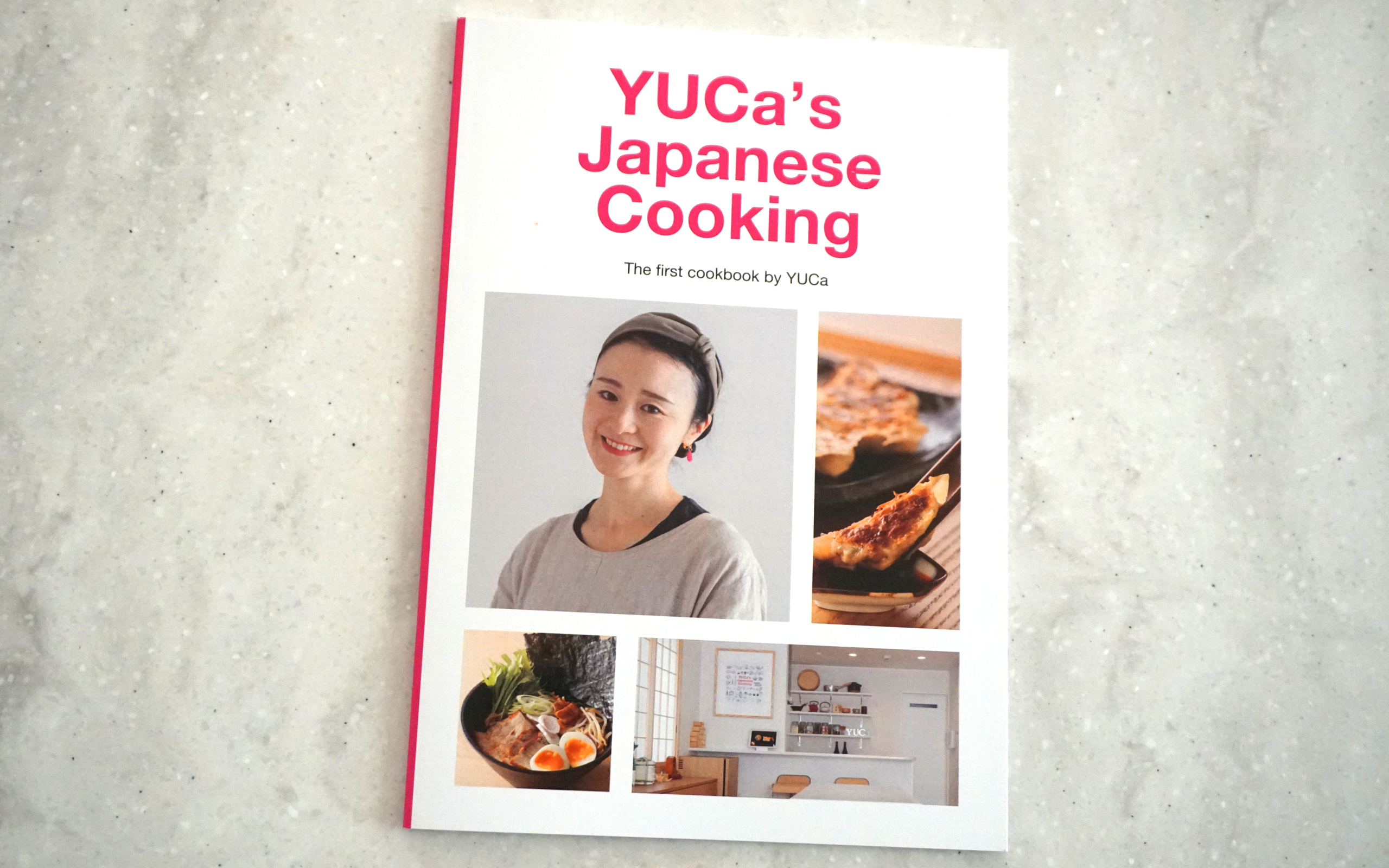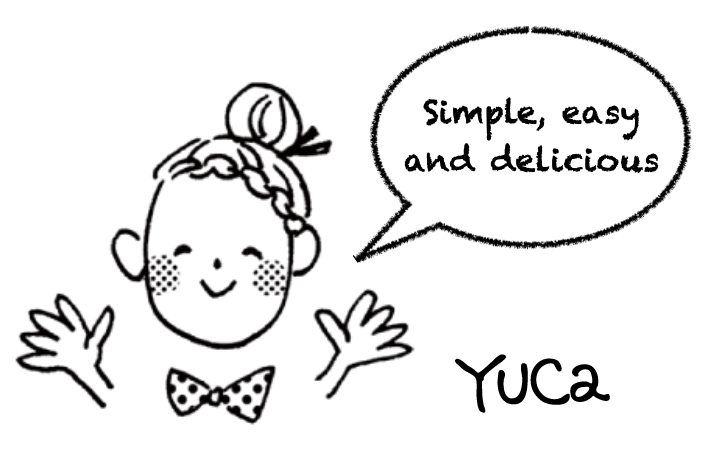Latest Posts
Tokyo Guide : Harajuku
Are you interested not only in Takeshita Street fashion but also in the gourmet food and sweets that Harajuku has to offer? The Harajuku area is known as a hub for youth culture and fashion. Takeshita Street, in particular, is lined with shops offering the latest fashion trends and unique items, attracting many young people.

The district is home to several popular tourist attractions, including Meiji Shrine, an oasis of nature in the heart of the city; Tokyu Plaza Omotesando Harajuku, which features the rooftop garden “Omohara Forest”; and Laforet Harajuku, a symbol of Japanese street fashion.
Harajuku is also a place where diverse food cultures come together. It is famous for Instagram-worthy sweets like crepes and cotton candy, as well as a variety of restaurants and cafés serving cuisines from around the world.

Read More
Tokyo Guide : Joyful Minowa in Arakawa
How about experiencing a unique side of Tokyo, away from the crowded tourist spots? There’s a shopping street that will make you feel like you’ve stepped into a retro trip through the city’s old downtown.

Joyful Minowa (ジョイフル三の輪) is a historic shopping street located in Minami-Senju, Arakawa Ward, Tokyo. Spanning approximately 400 meters, this covered arcade street extends from Minowabashi Station, the first stop on the Toden Arakawa Line (Tokyo Sakura Tram), to Arakawa-itchūmae Station. It features around 120 shops and is a well-loved destination for both locals and visitors.
Originally established in the Taisho era, Joyful Minowa retains a charming, retro atmosphere reminiscent of Showa-era Tokyo. The shopping street is particularly popular for strolling, street food, and traditional shopping experiences.

You can reach this shopping street easily by taking the Tokyo Sakura Tram, the last streetcar line in Tokyo, from the nearest station of my cooking school. Riding the streetcar from the station to the final stop offers a bit of a journey experience, making it a fun and scenic way to get there.
Read More
Tokyo Guide : Toyosu Fish Market
Toyosu Market (Toyosu Fish Market) is a large market located in Koto City, Tokyo, where fresh fish, vegetables, meat, and other food items are sold. It moved from Tsukiji Market in 2018. It became an important place for Tokyo’s food industry, like the “new Tsukiji Market,” where you can buy fresh ingredients or enjoy meals.

Near Toyosu Market, there is a facility called “Senkyakubanrai (千客万来).” This facility is designed to welcome a large number of visitors and provide a variety of experiences for both tourists and locals. The name “Senkyakubanrai” literally means “welcoming thousands of guests,” and the facility focuses on offering activities such as dining, shopping, and sightseeing.

Read More
2 : What time do children in Japan usually go to school and come home?

In this series, I’ll be sharing questions that our customers have asked!
Q. What time do children in Japan usually go to school and come home?
A. The times at which Japanese children go to and return from school vary slightly depending on the school and region. For elementary school students, the typical time to leave home for school is between 7:30 and 8:00 a.m., ensuring they arrive before classes begin. The time they return home depends on their grade level. Lower-grade students usually finish school around 2:00 to 3:00 p.m., while upper-grade students may finish around 3:30 to 4:00 p.m.
For junior high and high school students, the school day tends to start earlier. They typically leave home between 7:30 and 8:30 a.m. Students involved in extracurricular activities, such as club practices, may go to school even earlier for morning training sessions. School ends around 4:00 p.m., but many students stay later—until 6:00 or 7:00 p.m.—for club activities.
In addition, a significant number of students attend cram schools (juku) or extracurricular lessons after school, which often results in them returning home even later than their school dismissal time.
Tokyo Guide : Asobono for Kids
Are you looking for a place to have fun with kids in Tokyo, especially on a rainy day, where they can run around and play? Here’s a recommended spot: ASOBono!, a large indoor playground located in Tokyo Dome City in Chiyoda Ward, Tokyo. It’s a popular spot for families where children can play to their heart’s content!

ASOBono! is designed for children from infants to elementary school students, offering various areas that help enhance their creativity and physical abilities.
Adventure Ocean Area: Right when you enter the facility, this area catches your eye. It features a large ball pit, slides, and plenty of space to move around and play. There are also trampolines, and my kids always start by getting active here.
Crawl Garden Area: This area is dedicated to infants aged 0-24 months, with soft mats laid out for crawling babies. The space is enclosed to prevent babies from wandering too far, and there are age-appropriate play equipment available for them.
Read More
Fukagawa meshi
Fukagawa-meshi is a traditional local dish originating from the Fukagawa area in Koto Ward, Tokyo. It primarily features clams, such as asari (Japanese littleneck clams), and was popularized among fishermen as a quick and easy meal.

The name comes from the area’s historical association with fishing and water transportation since the Edo period.
Fukagawa-meshi is also recognized as one of the “100 Selected Local Dishes” by Japan’s Ministry of Agriculture, Forestry, and Fisheries. It can also be enjoyed at home, with many recipes highlighting the umami of clams.

Read More
Tokyo Guide : Kiyosumi Gardens
How about having a break from visiting hustle bustle touristy spots in Tokyo and enjoying the Japanese garden? Kiyosumi Gardens (清澄庭園) is a traditional Japanese garden located in Kiyosumi, Koto Ward, Tokyo.

Renowned for its tranquil scenery and historical significance, it is one of Tokyo’s most beautiful gardens. Designed in the Edo and Meiji periods, this garden features a *chisen-kaiyu-shiki* (circuit-style pond) layout, offering visitors a chance to enjoy picturesque landscapes throughout the year.

At the teahouse in Kiyosumi Gardens, visitors could enjoy matcha and traditional Japanese sweets.
Read More
Tokyo Guide : Fukagawa Edo Museum
Fukagawa Edo Museum (深川江戸資料館) is a cultural and historical facility located in Koto Ward, Tokyo, that offers visitors a chance to experience the life and atmosphere of the Edo period (1603–1868).
 The museum features a recreated Edo-era townscape, complete with houses, shops, and streets, giving an immersive glimpse into daily life during that time.
The museum features a recreated Edo-era townscape, complete with houses, shops, and streets, giving an immersive glimpse into daily life during that time.

Read More
1 : What do Japanese people eat for breakfast?

In this series, I’ll be sharing questions that our customers have asked!
Q. What do Japanese people eat for breakfast?
A. Generally, many people eat miso soup, white rice, grilled fish, natto, raw eggs or tamagoyaki (rolled omelet), and pickled or boiled vegetables.
In our house, my son and daughter often want to eat different things, but it’s too much work to cater to each of them individually. So, our typical breakfast includes miso soup with plenty of vegetables and silken tofu, tamagoyaki, and both bread and white rice. To keep things interesting, I switch up the types of bread and prepare the rice as onigiri with various fillings or as ochazuke. If I have extra time, I also add grilled salmon and fruit to the meal.
Tokyo Guide : Yanaka Ginza (谷中銀座)
Yanaka Ginza is a traditional shopping street located in the Taito ward of Tokyo. The Yanaka area itself is known for its old-fashioned, nostalgic atmosphere and has become a popular spot for both locals and tourists. Yanaka Ginza is at the heart of this area and offers a glimpse into the charm of Tokyo’s Showa-era streets.

The shopping street is lined with small, family-run stores, including local food shops, miscellaneous goods stores, and cafes. There are also many food stalls where visitors can enjoy local snacks like deep-fried sweet buns, grilled skewers, and shaved ice, giving a taste of traditional Japanese street food.

Read More













 The museum features a recreated Edo-era townscape, complete with houses, shops, and streets, giving an immersive glimpse into daily life during that time.
The museum features a recreated Edo-era townscape, complete with houses, shops, and streets, giving an immersive glimpse into daily life during that time.












